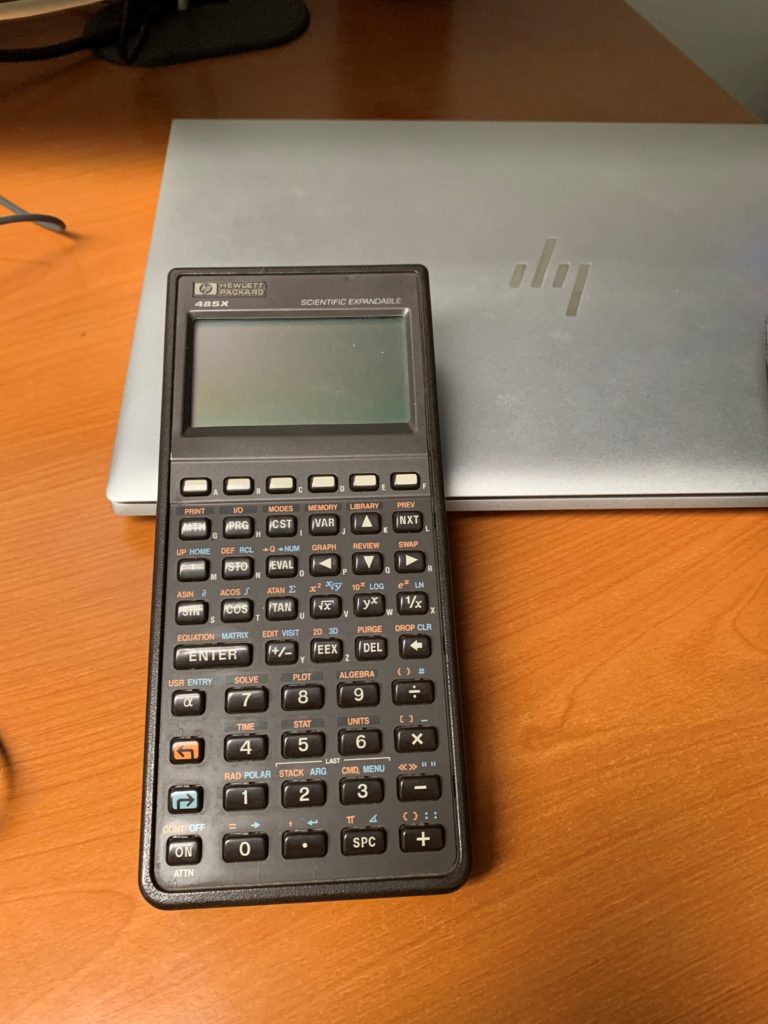Growing up in Corvallis, Oregon feels like a unique and special place for Science, Technology, Engineering and Math (STEM) or at least it used to be. In 1946, four alumni from Oregon State University (also in Corvallis) formed an engineering juggernaut called CH2M. Eventually, this organization became one of the premier and largest engineering and consulting companies in the world (at least when I worked there).
Because of that, OSU became one of the top engineering schools in the country. This also attracted some other business, specifically Hewlett-Packard. They built a huge campus in Corvallis and for a period of time, this was the ink-jet capitol of the world. Probably some lessor known things about HP were that they established business making measurement equipment for Disney. They had an entire division of scientific and test equipment that was spun off as Agilent in 1999. They were also the inventor’s of the handheld calculator.
My dad started working at CH2M in 1966. Drafting was done by paper and ruler, but that doesn’t mean that the company wasn’t early adopters. A new headquarters was built in Corvallis in 1982 which included a basement with a mainframe computer. There was lots of crossover between what was happening at HP and CH2M including engineers using calculators and computers.
My dad said that his first calculator cost $500 which is over $1600 in today’s dollars. I think that was in the mid to late 1970’s. By the time the middle 1980’s came around, basic calculators were in the $5 range. Scientific calculators were still around $20 mark. HP probably should have seen the writing on the wall but their product was far superior in computing power and durability to the competition.
I bought my calculator, the HP48SX in 1991. It was a technological marvel at the time. It wasn’t the first graphing calculator but it was much better than the previous generation the HP28. Here are some of the functions.
- Plug in adapter for power in addition to battery
- Printer for output
- IR communication between other HP48 calculators
- Two expansion slots for programming

As a matter of fact, I even had games downloaded to the calculator. I had Joust, Tetris, Kong and Hangman. We are talking about an era that the Nintendo Gameboy had only been on the market several years. All this came at a cost, I paid $250 for the calculator. I bought a math module for another $100 that could do calculus.
What else happened in 1991? Texas Instruments introduced a competitor called the TI-81 for $80. I don’t think it was as nice or as durable as the HP but the cost opened the market for the masses. HP followed up with the HP48GX in 1993 and doubled down with more features (and cost). But, the damage was done. College classes started requiring graphing calculators and the TIs were sold in droves.
In the late 1990’s, when you started to compare the computing speed of the HP’s to the the TI’s, you started to see a real chasm. The TIs were getting faster, cheaper and better while the HP stayed the same. I wasn’t even aware that HP was still making calculators until I looked a couple of weeks ago. It seems like they have a color, touchscreen version now that is around $150. Last I looked in the mid 2000s, I didn’t see any calculators for HP.
End Your Programming Routine: I have a lot of hours on my calculator. It was a good investment for me; I used it through most of high school, all of college and into my career as a chemist. In retrospect, if I had known how the market was going to work, the math module was probably not a good investment and I could have easily gotten off with the cheaper, non-expandable version and saved $100. Doing calculus was really clunky and this could only do simpler calculations. Even with a computer, my calculations were taking over an hour. HP may feel the same way too. If they had known how the market was going to work maybe they wouldn’t have tried to build the best calculator but retain being the choice for the technology.
Recent Comments